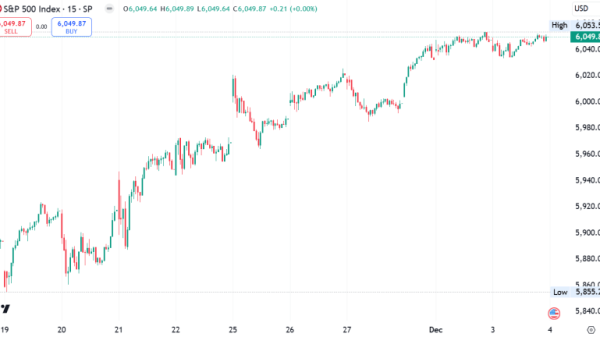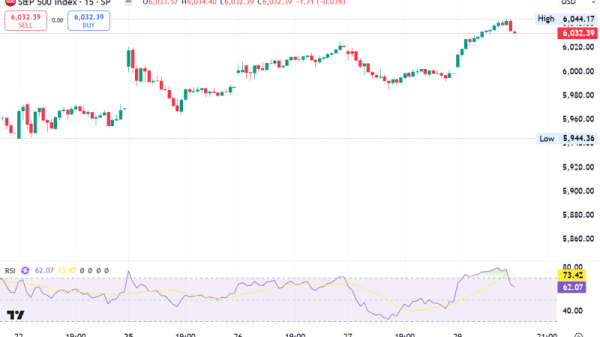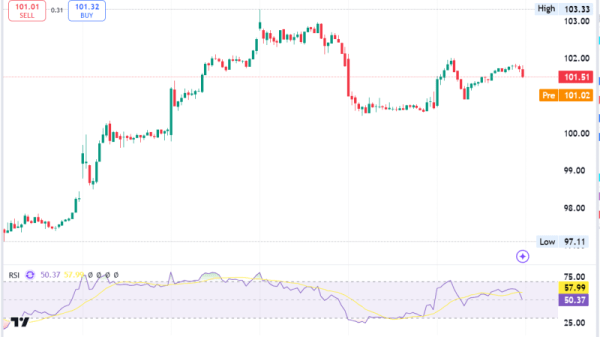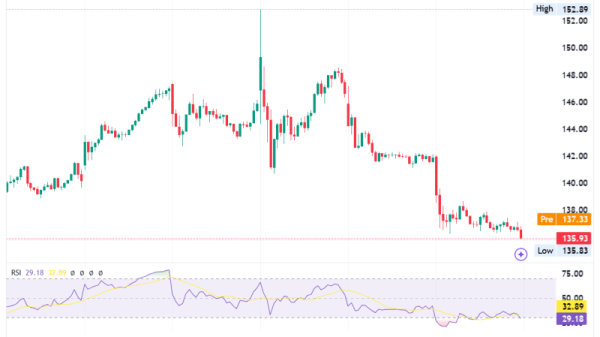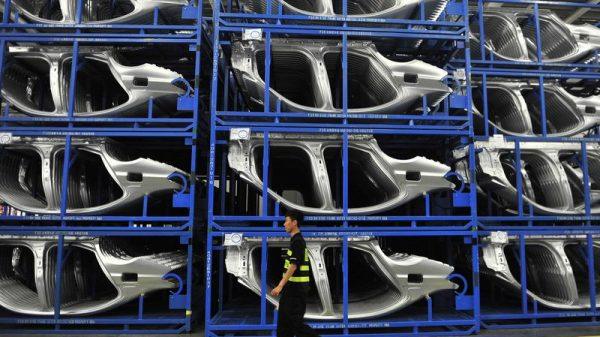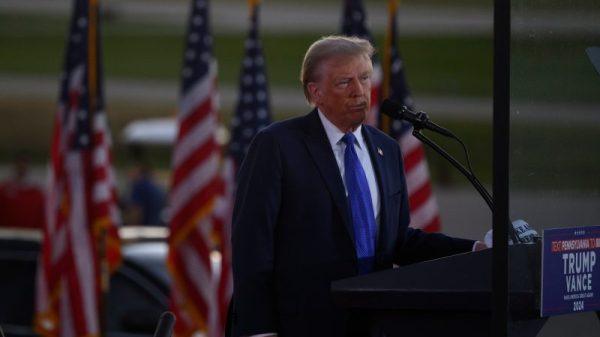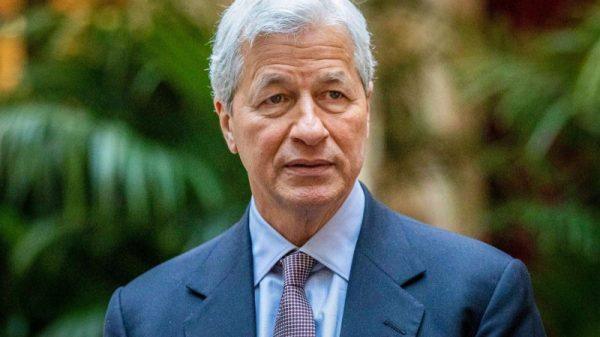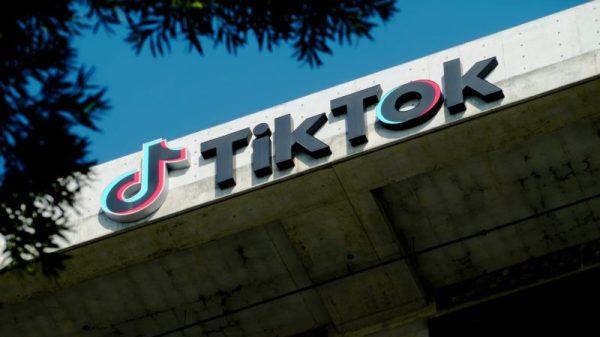By Marcela Ayres
BRASILIA (Reuters) – Investors already concerned about Brazil’s ballooning public debt load under veteran leftist President Luiz Inacio Lula da Silva are being forced to reckon with an additional risk: a government debt profile with growing sensitivity to high interest rates.
That’s because Latin America’s largest economy finances an unusually high portion of its debt through floating-rate bonds crafted to appeal to investors during times of market stress, a tool its Treasury was forced to lean on heavily last year, leaving the debt with its worst composition in 20 years.
The rate sensitivity of Brazil’s debt is poised to accelerate as the country’s central bank aggressively tightens money supply to combat inflation, overshadowing improvements in the primary budget balance.
No major country carries as much debt in floating-rate bonds as Brazil. Issuance of these instruments, known as LFTs, was the highest ever last year and their share of the total debt also rose by a record margin. Interest rate shocks now threaten to drive up the cost of servicing nearly half of the country’s already large debt.
“In the past year, interest rates rose. And with LFTs, you pay that cost right off the bat,” said former Treasury Secretary Paulo Valle, adding this implies a riskier and, therefore, deteriorated debt composition in the eyes of rating agencies.
With a heated economy and external and local uncertainties keeping Brazil’s currency weak, the central bank has already signaled two more 100 basis-point increases to the Selic benchmark rate to battle inflation, which would lift it to 14.25% by March.
Last year, demand for LFTs was boosted by market volatility amid shifting expectations for U.S. interest rates and growing fiscal concerns over Brazil’s debt trajectory.
The negative sentiment deteriorated further after Lula presented a spending control package that disappointed markets in November, following a kick-off of his third non-consecutive term in 2023, with surging expenses related to social benefits, increases to the minimum wage and public sector salaries.
By November, the LFT’s share of total debt had posted a year-to-date jump of a record 6.5 percentage points, accounting for 46.1% of Brazil’s total debt. December data is expected to show an extension of that rise, the Treasury acknowledged to Reuters, putting the instrument’s year-end share of total debt on course to be the highest since 2004.
While the debt composition mirrors that of two decades ago, gross debt is nearly 20 percentage points higher at 77.8% of GDP in November, meaning debt servicing applies to a larger stockpile.
As a result, despite a narrowing primary deficit in 2024, Brazil’s nominal deficit is projected to approach 8% of GDP, the highest among major emerging economies and the most burdened by interest costs.
This debt expansion pattern is expected to persist even if the government meets its zero primary deficit target this year, with Itau projecting the nominal deficit to deepen to 9.9% of GDP by 2026.
The Treasury said that debt management in 2024 considered the prevailing economic scenario, demand conditions, and market dynamics. It hopes to gradually replace floating-rate bonds with fixed-rate and inflation-indexed securities.
The government’s 2025 debt strategy, due to be unveiled later this month, is expected to continue relying on floating-rate bonds amid local fiscal woes and global concerns over U.S. President Donald Trump’s policies, even as borrowing costs are seen tightening further.
As inflation expectations keep drifting from the 3% official target, economists are increasingly forecasting the Selic rate to surpass 15% this year, with market bets reflected in the yield curve suggesting it could exceed 16% by November.
For Carlos Kawall, a partner at Oriz Asset Management and former Treasury Secretary, the government’s fiscal framework has clearly proven inadequate to stabilize debt growth, with political unwillingness to pursue fiscal adjustment spilling over into LFT growth and accelerated debt expansion.
“Debt management is a passenger in the government’s misguided fiscal policy strategy,” said Kawall. “You can’t fix the consequences without addressing the cause.”

